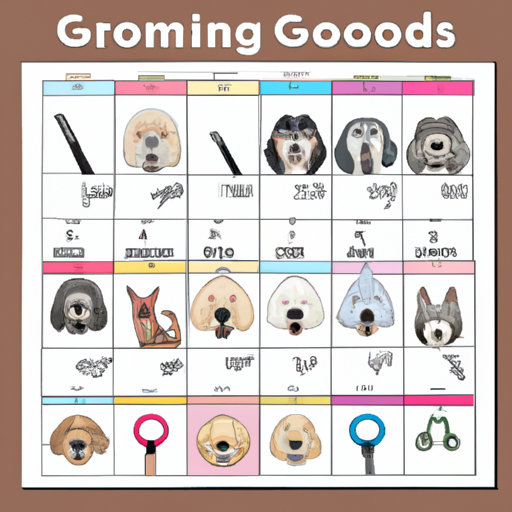As a caregiver to your furry friend, you want to ensure they’re always looking their best and feeling great. The journey to top-notch canine maintenance can be tricky, but with the right knowledge, it can be a rewarding experience for both you and your cherished pet. This guide will help you understand the importance of grooming, and most importantly, how often it should be done.
1. Understanding the Basics of Dog Grooming
Grooming your dog isn’t just about maintaining their level of cleanliness, and it’s not just about keeping your dog good-looking. Grooming is about maintaining both your dog’s physical health as well as their appearance.
Here’s why it’s essential:
-
Health: Just like humans, dogs need physical maintenance to look and feel their best. Regular grooming can prevent problems such as excessive shedding, skin and paw disorders, painful mats, and bad odor, as well as help you identify other problems that might go unnoticed without the extra attention.
-
Bonding: The grooming process helps to foster a closer bond between you and your dog. Regular grooming encourages a healthy coat and skin and reduces the likelihood of several health problems.
-
Appearance: Lastly, grooming affects the appearance of your dog. A well-groomed dog is a pleasure to cuddle and play with!
2. Factors Influencing Dog Grooming Frequency
The frequency of grooming your dog can depend on several factors:
-
Breed: Some breeds have hair that grows continuously and therefore need more frequent grooming, like Poodles and Shih Tzus.
-
Hair type: Dogs with longer, silkier coats need more frequent grooming than dogs with short hair.
-
Age: Puppies generally require less grooming than adult dogs, but they also need to be taught to endure grooming procedures.
-
Health: Dogs with skin conditions may need more frequent grooming.
Here’s a basic table to illustrate:
| Breed Type | Grooming Frequency |
|---|---|
| Long-haired breeds | Every 4-6 weeks |
| Short-haired breeds | Every 6-8 weeks |
| Dogs with skin conditions | As advised by vet |
3. Basic Grooming Needs
Proper grooming involves a few essential tasks:
-
Bathing: Depending on your dog’s breed, they may need to be bathed as frequently as once a week or as infrequently as every six months.
-
Nail Trimming: Whether you do this yourself or take your dog to a professional, nails should be trimmed every 2-4 weeks.
-
Ear Cleaning: Check your dog’s ears once a week. A slight amount of wax is healthy, but any more than that should be cleaned.
-
Brushing: Depending on your dog’s coat, they may need to be brushed daily or weekly. This prevents matting and keeps your dog’s fur healthy and shiny.
4. The Impact of Not Grooming
Neglecting the grooming needs of your dog can lead to:
-
Skin conditions: Matted hair, dry skin, and fungal infections can all result from poor grooming.
-
Dental problems: Without regular brushing, dogs can suffer from tooth decay and gum disease.
-
Eye and ear infections: Untrimmed hair can lead to infections in eyes and ears.
5. FAQ
Below are short answers to commonly asked questions about dog grooming.
Q: Can I groom my dog at home?
A: Yes, with the right tools and knowledge, you can groom your dog at home. However, for tasks like haircuts and nail trims, you might want to consider a professional groomer.
Q: How often should I bathe my dog?
A: This depends on your dog’s breed, lifestyle, and health. Generally, dogs should be bathed every 1 to 3 months.
Q: How often should I brush my dog?
A: Dogs with longer hair should be brushed daily, while dogs with short hair can usually be brushed weekly.
Q: My dog hates being groomed. What can I do?
A: Try making grooming a positive experience with treats and praise. If your dog still resists, consider hiring a professional groomer.
In conclusion, regular grooming is an essential part of dog care. It can help prevent health problems and keep your dog looking and feeling their best. As a caregiver, it’s your responsibility to ensure your furry friend is well-groomed and happy.



